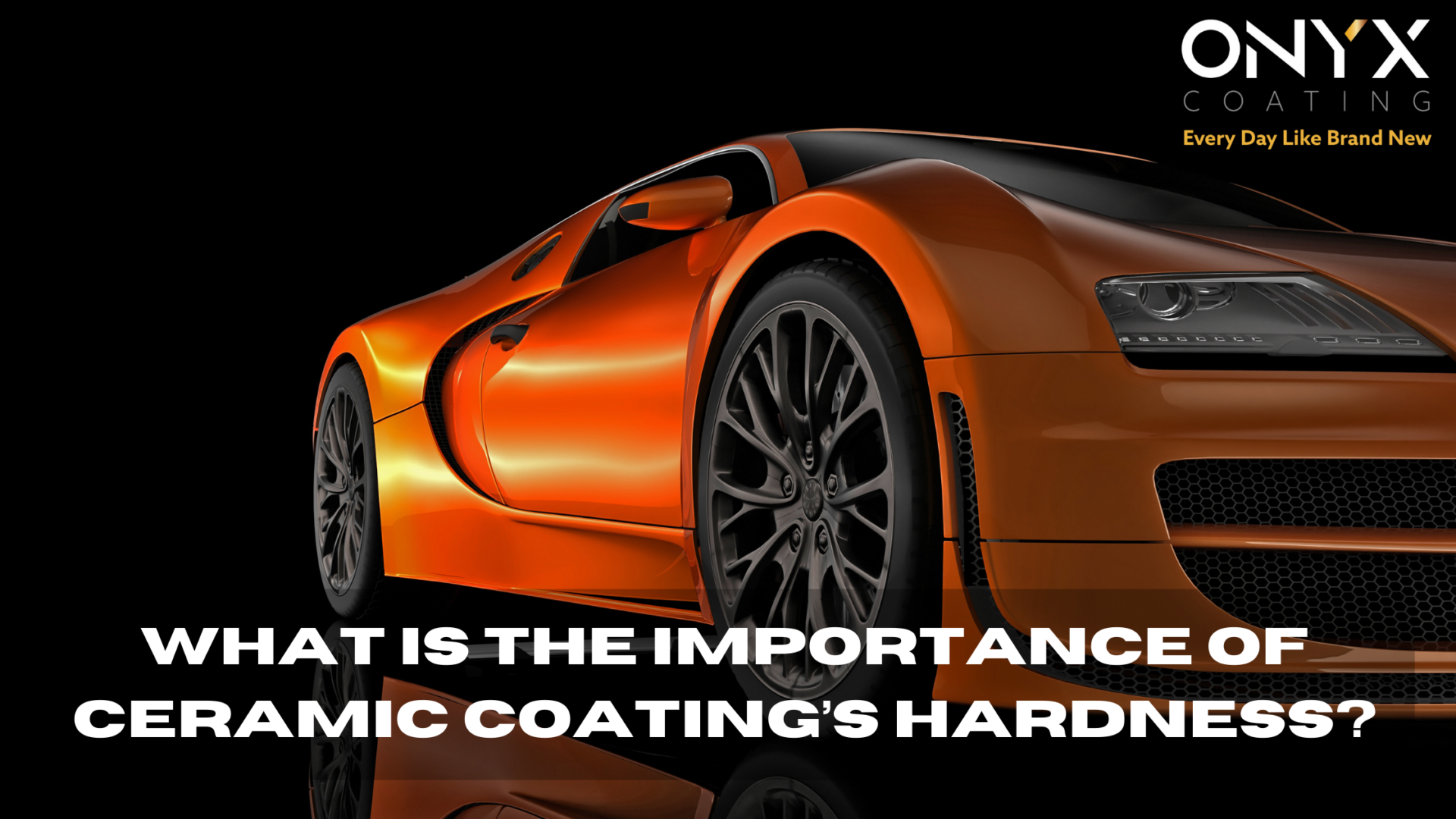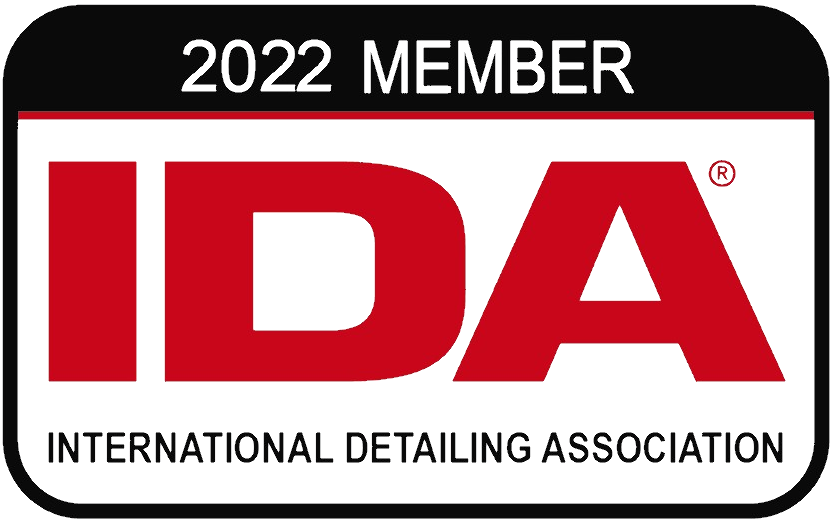
9H or 10H is an abbreviation we see everywhere in the automotive industry, but what does it exactly refer to? Level of Hardness in the car industry refers to an indication of how hard, or in other words protective or scratch-resistant, is Ceramic Coating. Originally the H only represented pencil hardness and was a way of controlling quality back in the early 1900s.
Nowadays there are various levels of protection or hardness that are used to measure a coating hardness. Another way of looking at this is that the thicker the coating, the better the protection. This leads to the question, which Ceramic Coating would provide the most protection, and what products are there available for creating a scratch-proof surface?
The 10H refers to a test that has been carried out to check the level of hardness once the Ceramic Coating has cured to the surface. The scale itself ranges from 0-9 and the H indicates hardness.

A ceramic coating is a liquid polymer that contains nanotechnology that bonds with a surface to provide a semi-permanent layer of protection. One way to determine what level of hardness a coating has is by testing it once it has cured by pressing a pencil with a specific hardness, at a 45-degree angle. If it leaves doesn´t leave permanent it is given a high level of hardness. The majority of Ceramic Coatings provide up to a 9H, however, with innovative technology and infusing granite into Ceramic Coatings this number could increase. ONYX COATING has Ceramic Coatings with up to 10H.
The hardness itself tells the user how resistant the coating itself is and therefore provides longer protection, which is what everyone is looking for. The reason why many opt for a 10H ceramic coating is that that it provides longevity of paint protection whilst also protecting against water, oil, scratches, bird droppings, etc. Simply put, the higher the hardness of the coating, the better the exterior is protected from dirt-build up, potential swirl marks, UV or chemical damage whilst getting a glossy, shiny exterior.
For information about how to choose the right Ceramic Coating for you or for a client check out this blog.

Watch as water beads off the deck with our super hydrophobic coatings.

Protect the paintwork from UV damage and keep its vibrant colour despite the conditions.

Let the fear of a rough docking be a thing of the past with a 10H coating.

With minimal maintenance, our products are guaranteed to provide protection for years to come.

With our chemical and contaminant resistant coating, the surface is kept clean. Needing only minor occasional maintenance.

Trusted in 70+ countries, Onyx Coating is the top choice for professionals and car owners seeking premium protection.

Our ceramic coatings adhere to the surface making it resistant to corrosion and oxidation and contamination-free.

Bonds tight with the surtace to maintain a uniform cover and protect the surface evenly.
If you are interested in our products or keen to work with us, send us a message and we will get in contact with you to schedule a quick call or contact us via our email info@onyxcoating.com
Once this information has been received our team will review the accounts and get into contact with you.
With the world’s first N1 nano coating product under our name, we are one of the most advanced automotive protection providers in the market.
Sign up for the latest offers & promotions




© ONYX COATING 2025. All Rights Reserved.